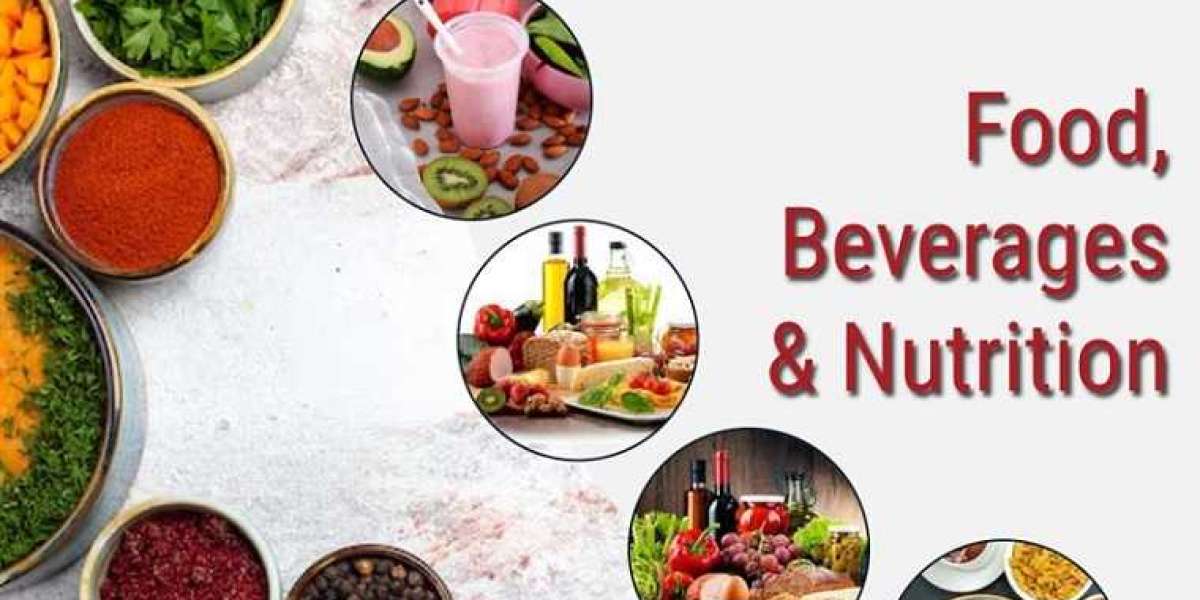Prebiotics are not just “added fibre” anymore—they are becoming smart functional ingredients embedded into foods, beverages, supplements. The MRFR report details trends and innovation drivers.
Key innovation themes
New types sources: Beyond inulin, newer prebiotic oligosaccharides, vegetable/plant-derived sources, and improved extraction methods are emerging.
Improved functional claims: Manufacturers emphasise gut health, immunity support, weight/heart health, bone health. Prebiotics are enabling multiple health claims.
Formulation into multiple formats: Beverages, dairy, bakery, snacks, dietary supplements—all integrating prebiotics. MRFR notes beverages held the largest share in application in 2023.
Clean-label and plant-based positioning: Consumers demand “natural”, “plant-derived”, “free-from” – prebiotics can align with that.
Sustainability traceability: Ingredient sourcing (roots, vegetables) plus eco-friendly processing enhance brand story.
Implications for manufacturers brands
RD investment is essential: To ensure prebiotics deliver sensory performance, stability in formula, bio-functionality, dosing.
Marketing story must shift from “added fibre” to “microbiome support”, “gut health”, “functional nutrition”.
Product diversification: Brands should explore prebiotic inclusion into multiple formats (drink, snack, plant-based foods) to capture different consumer occasions.
Ingredient‐brand partnerships: Food manufacturers may partner with ingredient players for prebiotic solutions and co-branding.
Cost vs value balancing: Emerging prebiotics may cost more—brands must justify premium or embed into product pricing accordingly.
Challenges
Consumer education: Many still confuse prebiotics vs probiotics vs fibre—clear messaging is required.
Functional claims regulation: What qualifies as prebiotic, what claim is allowed varies by region.
Sensory trade-off: Prebiotic fibres may affect taste/texture; brands must optimise.
Supply-chain scalability: Sourcing of roots/vegetables at scale, processing cost, regulatory compliance need attention.
Conclusion
Innovation and functionality are driving the next phase of the prebiotic ingredients market. As the ingredient category matures, success will belong to manufacturers and brands that deliver high-quality prebiotic solutions, integrate them smartly into formats, and communicate functional benefits clearly. Prebiotics are not just an add-on—they are becoming core.


